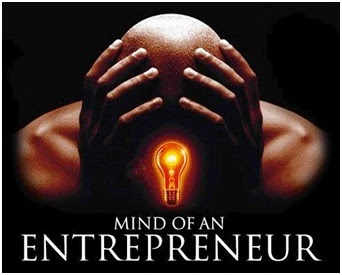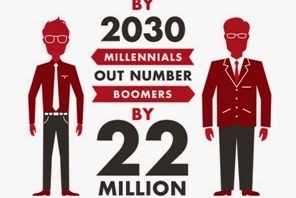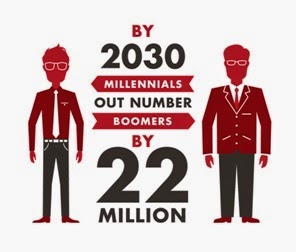Only when our pain gets excruciating are we willing to humble ourselves and consider new actions that might allow us to successfully progress in our new situation. ~Robert E. Quinn
Dreaded incompatibility! I recently experienced technology incompatibility and discovered a number of parallels with organizational incompatibility. I had a fairly long stretch, four years—especially in technology years—of having no compatibility issues. Then it happened. I have several old laptops that I use for travel and making presentations. So I don’t make it a priority to upgrade the software on those computers. Well, the operating system on those computers is Windows XP, and as of the end of October, Microsoft no longer supports XP which means those computers are now more susceptible to viruses, etc. and any new software likely won’t be compatible, which I’m already beginning to experience.
I could try to fight these circumstances and call Microsoft and demand that they support XP, indefinitely. I’m fairly confident that approach would have no success whatsoever. For me to get beyond this season of incompatibility, I need to change. I need to upgrade my laptops to Windows 7. However, I can’t be overly aggressive and jump to Windows 8 because I’ve already heard from a client that their LCD projectors aren’t compatible with Windows 8. I need to find that compatible sweet spotand then hope I can make it last for another four years.
We’ve all heard the statement about the 21stcentury, “the one constant is change.” And organizations are at the heart of this phenomenon. That means organizations too, find those moments when they reach the point of incompatibility. It could be the transition away from a founder, trying to grow too fast, responding too slowly to market trends, mission creep, lack of focus, a generational shift in the workforce, etc.
It’s clear the organization has reached incompatibility because it’s simply no longer working. The incompatibility may be visible in low morale, a lack of trust, financial challenges, apathy, or scapegoating.
Like my technology incompatibility issue, at one time Windows XP was the most current operating system and all worked wonderfully well. But what once enabled my technology to thrive has become the bottleneck of not only progress but basic functionality. The only way beyond it is for me to change.
I see organizational leaders reach this point of incompatibility and try, sometimes desperately, to change everyone or everything else.
Robert Quinn in Deep Change: Discovering the Leader Withinprovides a different perspective. Quinn says, “The real problem is frequently located where we would least expect to find it, inside ourselves. It means someone must be enormously secure and courageous. Culture change starts with personal change. We become change agents by first altering our own maps. Ultimately, the process returns us to the ‘power of one’ and the requirement of aligning and empowering oneself before successfully changing the organization.”
Technology incompatibility or organizational incompatibility, they both require us to change.








